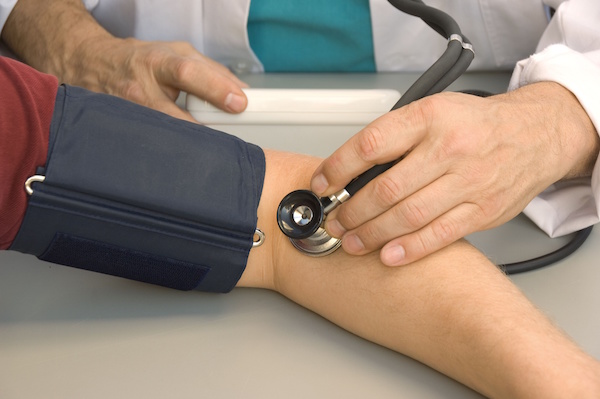
THURSDAY, Aug. 4 (HealthDay News) — In 2012, the average Medicare premium seniors pay for their prescription drugs will actually drop slightly, U.S. officials announced Thursday.
Overall, the average premium cost of the Medicare Part D prescription drug plan in 2012 will be about $30, a modest decline from $30.76 paid out on average in 2011, representatives of the U.S. Department of Health and Human Services (HHS) said during an afternoon press conference.
How is the plan able to keep premiums low? According to officials, Medicare’s popular drug benefits program is benefiting from competition between private insurance plans and the growing use of cheaper generic medicines. And they say that situation might even get rosier in the future, as more blockbuster drugs are set to go generic over the next couple years.
In addition, so far this year almost 900,000 Medicare patients who dropped into the prescription drug donut hole — where costs aren’t covered — got a 50 percent discount on their drugs to help ease that financial hardship, HHS officials said.
Agency Secretary Kathleen Sebelius credited the Obama Administration’s health care reform efforts with much of the cost savings to seniors.
“The Affordable Care Act is strengthening a very critical Medicare program and helping million of seniors and Americans with disabilities get the care they need,” she said. “Thanks to the new discounts, beneficiaries are saving hundreds of millions of dollars in the Medicare Part D coverage gap, known as the donut hole, at the same time as Part D premiums are falling,” she said.
Overall, out-of-pocket savings on drugs for Medicare patients rose to $461 million through June 2011, health officials said. That’s an increase of $260 million through May 2011, meaning that Medicare patients in the donut hole saved more than $200 million in June alone.
“Also, millions of people in Medicare have taken advantage of potentially lifesaving preventive care, like breast and colon cancer screenings, without co-pays or deductibles,” Sebelius noted. Wider access to preventive health services was a key part of the health care reform package, and HHS says that so far this year more than 17 million Medicare recipients have received such free services, while another million patients have taken advantage of free yearly wellness visits.
Sebelius cautioned that there is still room for improvement, however. “There are still critical gaps in coverage, especially in prescription drugs,” she said. According to Sebelius, one in four seniors have said they skip medications or cut pills in half or don’t fill prescriptions because they can’t afford their drugs.
“The Affordable Care Act will continue to fill-in that gap until the donut hole is closed in 2020,” Sebelius said. “No seniors should have to choose between medications they need to be healthy and putting food on their table.”
Not everyone was impressed by the new statistics, however.
“I like the fact that the premiums are held down,” said John C. Goodman, president of the National Center for Policy Analysis, a Washington, DC-based conservative think tank. “It proves once again that competition is working; and that’s a good model to follow as opposed to the government trying to set a base price.”
But the rest of the HHS announcement was not good news, he contended. “What we are doing is we are giving people benefits that we cannot afford and that have dubious health value at a time when Congress knows it’s going to have to cut spending,” Goodman said.
And Michael F. Cannon, director of health policy studies at the libertarian Cato Institute, also in Washington, D.C., called the Part D announcement “the latest in an endless string of valentines that Obama administration has sent to Medicare enrollees.”
He believes that, “your more responsible seniors are worried that Medicare is going to bankrupt their children and grandchildren.”
More information
For more information on Medicare, visit the Medicare.gov.

